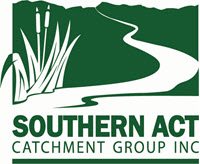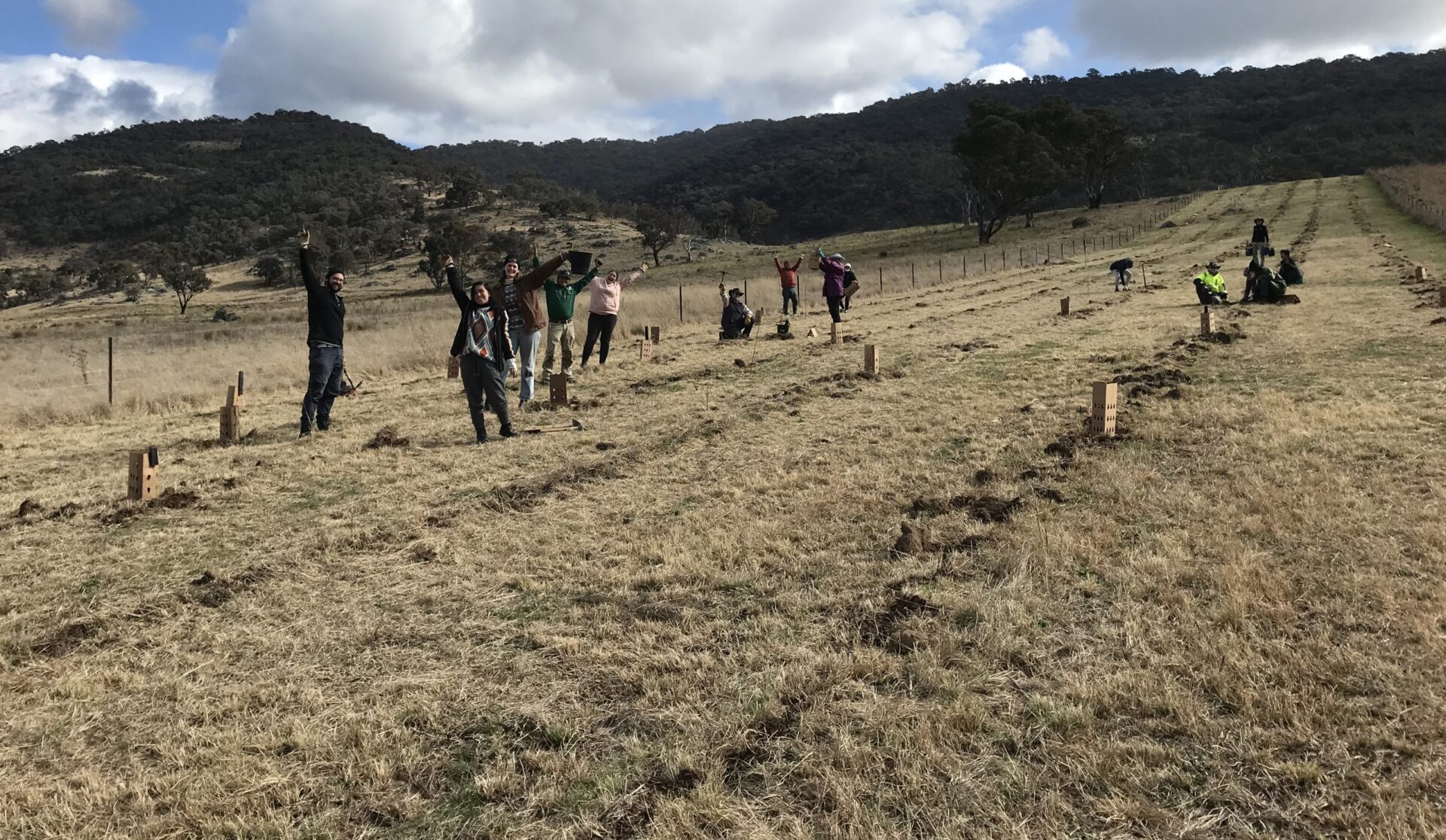How to get involved
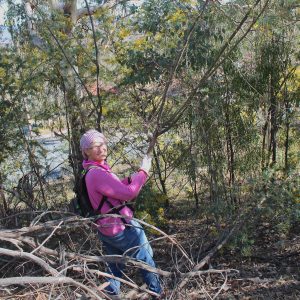
Do you love nature? Want to make a difference to your local reserve?
The group meets on the third Sunday of each month – New members are very welcome.
“It’s a great way to get to know your neighbours, learn more about your local reserve, contribute to enhancing biodiversity and simply enjoy being in nature.“
Who we are
Friends of Wanniassa Hills is a newly formed ParkCare group that was started at the beginning of 2023. We are still working out priorities and projects. Weeding, revegetation, nature surveys, public information and education are some of our focus areas. We welcome all new members.
About Wanniassa Hills

Wanniassa Hills is a haven of diversity in the east of the Southern
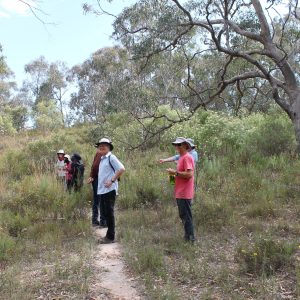
Catchment. It is an area of natural vegetation, surrounded by the suburbs of Wanniassa, Fadden and Macarthur to the south
This 262 Ha reserve, established in 1993 It is an important part of the jigsaw of natural areas, connecting Isaacs Ridge, Farrer Ridge and native vegetation in NSW. Standing in the middle of the reserve, it feels tantalisingly remote and you get a sense of what it was like here before European settlement.
It has two main hills with expansive views, forested ridgelines of Mealy Bundy, Scribbly Gum and Red Box, rocky slopes of Drooping Sheoak and lower slopes with the critically endangered Yellow Box, Blakely’s Red Gum Grassy Woodland. There is also evidence of past grazing on the bald hills. In late winter, some slopes are decorated with white Beard Heath flowers, giving the impression of snow. In spring, wattles enliven the hillsides, creating a vivid contrast to the delicate nodding blue lily. Small birds forage in the sprawling woodland trees while below, echidnas sniff out ants.
There’s always something different to see every time you visit.
The Hollows of Wanniassa Hills
The following info comes from the Sites of Significance series produced in the late 1980.
Wanniassa Hills Nature Reserve protects an important area of Red Box / Broad-leaved Peppermint with Apple Box and Scribbly gum woodland / forest above Bugden Ave, and also many large hollow bearing trees on the Western side of the Reserve.
According to David Lindenmayer in his book The Forest Wars (2024) he states that more than 300 species of Australian vertebrates rely on hollows, ranging from microbats to snakes, frogs, lizards, possums, gliders and parrots. Australia has a greater proportion of hollow-using fauna than anywhere else on the planet. That’s why the old trees with hollows on Wanniassa Hills are so incredibly important.
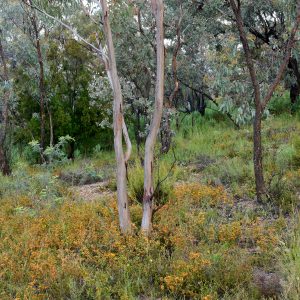
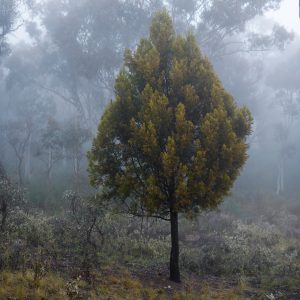
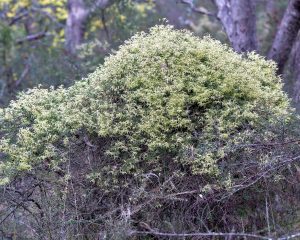
Find out what species have been spotted around Wanniassa Hills with Canberra Nature map’s Digital Field Guide
Contact the Friends of Wanniassa Hills directly
